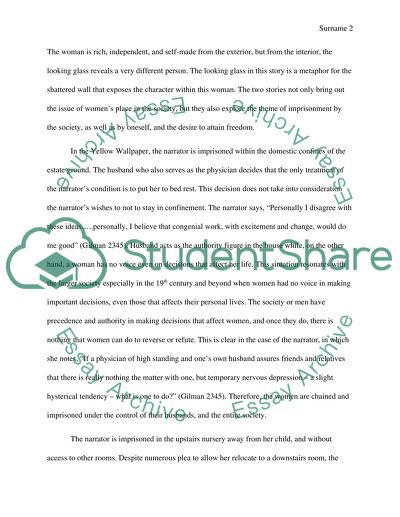Cite this document
(“Literary Representation of Women in the 19th Century Essay”, n.d.)
Retrieved from https://studentshare.org/literature/1495155-women-subjugation-using-the-book-longman-anthology
Retrieved from https://studentshare.org/literature/1495155-women-subjugation-using-the-book-longman-anthology
(Literary Representation of Women in the 19th Century Essay)
https://studentshare.org/literature/1495155-women-subjugation-using-the-book-longman-anthology.
https://studentshare.org/literature/1495155-women-subjugation-using-the-book-longman-anthology.
“Literary Representation of Women in the 19th Century Essay”, n.d. https://studentshare.org/literature/1495155-women-subjugation-using-the-book-longman-anthology.


